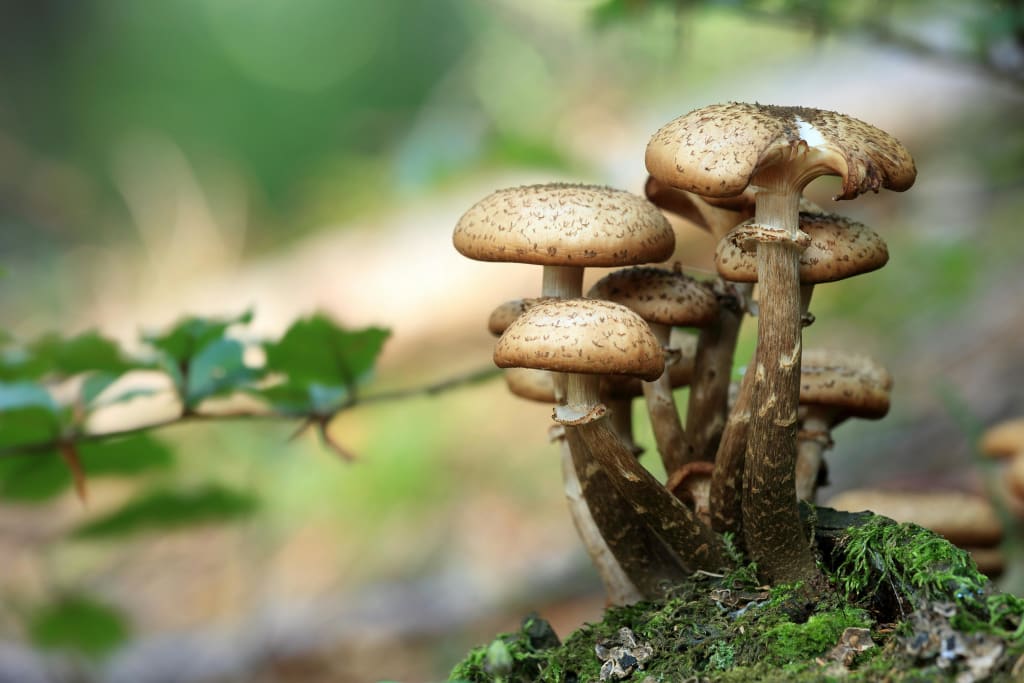
In mycology, which is a discipline producing many wonders, exactly which mysteries are hidden within fungi? Out of all these strange living things on earth there is a Sardoria fimicola, a fungus that is never off the minds of researchers and fans. It may not immediately ring bell when called by its name but delving into its history unveils another interesting story about how this creature has managed to survive in its habitat despite harsh climatic conditions or predation from other animals.
A diverse collection they are known for their delicate form and swift growth of fruiting bodies within Psathyrellaceae family, where Sardoria fimicola resides. Upon its discovery in the Netherlands, has been described initially by Jülich and Stalpers in 1980. This species epithet is a reference to its common habitat in dung that is largely nutrient-rich and full of microorganisms hence named “fimicola”.
The ecological role of S. fimicola is one of its most intriguing aspects. Like many fungi, it plays a vital role in nutrient cycling and decomposition. Its preference for dung as a substrate positions it as a key player in breaking down organic matter, contributing to the recycling of nutrients back into the ecosystem.
Besides, if S. fimicola grows on excreta, it is indicative of its mutualistic association with plant-eating animals. Facilitating dung's breakdown benefits the herbivores, whose excrement it occupies, with consequential dispatch of essential nutrients to the soil, thus improving earth fertility, while it ensures health for both's ecosystems (their homes).
One of the main reasons for evolutionary success is adaptability. _S. fimicola_ is an example of this – in various ways it adapts itself for survival. Efficient degradation of organic materials and rapid dung colonization allows it exist in environments full of nutrients which are characterized by quickly decomposing matter. Although they are tiny and often overlooked, its mushrooms have certain features that make them unique in helping them to disperse their spores hence it continues surviving through genes transfer.
Besides, there is an ecological importance the mushroom S. fimicola could be useful in many other areas of biotechnology. Fungi have been appreciated since ages for making enzyme with great application in industries like cellulases which break cellulose down to simple sugars and Ligninases that degrade Lignin heavy in plants. In addition, owing to its natural ability of breaking down organic matter plant remains, it could be supposed that certain enzymes would exist in it which may break complex organic matter into simple ones. Therefore; composting process besides S. fimicola can be utilized for bioremediation of various wastes as well as bioenergy generation.
Moreover, by studying the metabolic pathways and genetic mechanisms of S. fimicola, we could get a clue about the fungal physiology as well as its evolution so as to inform the creation of new biotechnological tools and strategies.
However, when compared with other fungi, S. fimicola is not well understood. This is because collecting and growing it in the lab has been so hard, and there is no enough information about this organism to be fully investigated including its uses.None as Sardoria fimicola embodies the diversity and tenacity of fungi which is a testament to the diversity and tenacity of fungal life. From its humble beginnings in dung, it has been said that one day it could be used for biotechnology – that dream remains unfulfilled but true.
Nevertheless scientists still studying its real nature have not stopped wondering about something: are there some intricate web of interactions which sustain ecosystems and drive scientific investigation? Therefore this analysis would answer such questions using S. fimicola because there is information concerning its secrets yet to discover in their entirety while at the same time inviting both astonishment regarding fungi’s amazing features or performances as well as fascination with undisclosed stories about them.






Comments (1)
It boosted my reading preference of science articles!